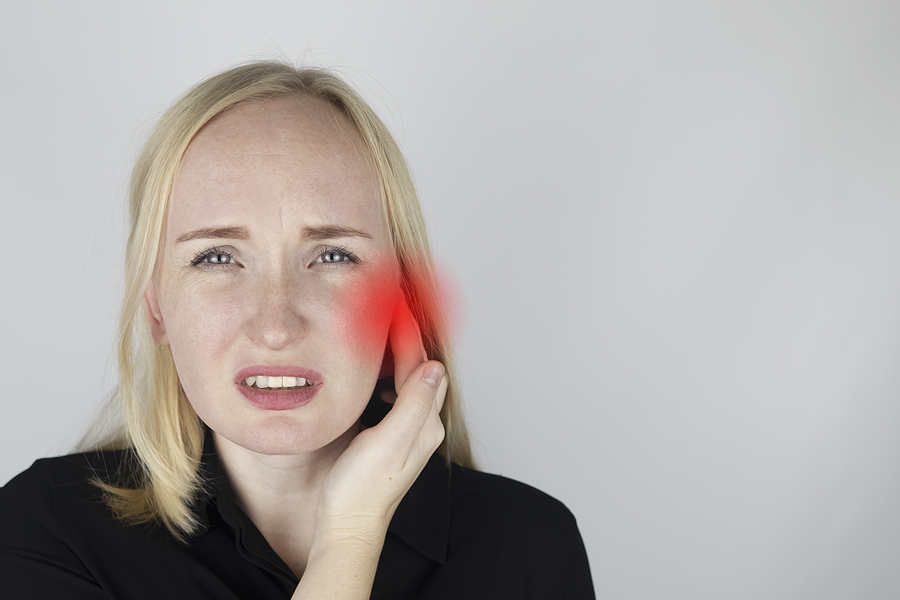
Trigeminal neuralgia is a condition that can affect anyone. We hope you will have a better understanding of this condition once you read this article. You might also develop an appreciation for upper cervical chiropractic care for trigeminal neuralgia.
Trigeminal neuralgia is a progressive condition that always affects the trigeminal nerve. This nerve is responsible for transmitting sensory signals from the face to the brain. Every facial movement, be it conscious or unconscious, generally uses the trigeminal nerve. It is safe to assume then that moving your face in any way can set off this pain.
People diagnosed with trigeminal neuralgia now have to deal with pain caused by these:
Whether you do so slowly or quickly, pain is evident. The same thing goes with munching, chewing, or nibbling.
Soft brush strokes can now elicit shooting pain. Some people consider it a must to brave their days. However, it is now an excruciating experience for people with trigeminal neuralgia.
Washing the face is not the only thing that jolts people with trigeminal neuralgia awake these days. The pain that accompanies this action is strong enough to clear out the sleepy webs. If you have facial hair and need to shave it off, then brace yourself as well.
If you found brushing a chore when you were a kid, you have a reason not to look forward to this hygienic act. Don’t think that shifting to gargling some mouthwash will not offset trigeminal nerve. It will.
The trigeminal nerve is involved regardless of your choice of facial expression. What started as a smile can quickly turn into a pained expression.
Burrowing your face into your soft, squishy pillow will no longer bring that blissful sensation. Even feeling the cool sheets on your face is painful.
Trigeminal neuralgia frequently worsens over time. Tender, loving gestures like kisses on the cheek might no longer feel so loving. The cottony feel of soft snow might not feel the same on your face.
Here are the indicators of this condition:
Swollen blood vessels pressing against the trigeminal nerve might cause trigeminal neuralgia. The blood vessels’ swelling might be due to trauma like a head injury or an infection like chickenpox. However, there are also instances when medical professionals cannot determine the root cause of trigeminal neuralgia.
Older people are more susceptible to trigeminal neuralgia, but this is not always the case. Also, women are more likely to be diagnosed with this condition. One thing is sure, though. This ailment affects genetics, so if a family member has trigeminal neuralgia, your chances of getting this condition are high.
Trigeminal neuralgia is easily triggered, and it can result in such overwhelming pain. It is not surprising then that people diagnosed with this condition, as well as their caregivers, are actively looking for ways to manage their predicament.
Here are some of the options:
Certain prescription medications can inhibit the trigeminal nerve from sending pain signals to the brain.
Surgeons will review the results of your scans to determine the presence of swollen blood vessels. The next step is to perform surgery to reduce or eliminate the swelling to relieve the trigeminal nerve’s compression or irritation.
NUCCA doctors complete a full evaluation of a person’s head and neck. The neck is vital for many reasons. For one, it serves as the link between the head and the body.
The neck has seven bones or vertebrae. A disc is lodged between every vertebra. The discs allow movement as well as cushion against impact. The vertebrae and discs maintain proper distance to allow smooth movement, resulting in our internal systems’ seamless operation. However, certain events like accidents can change the pre-set distance. Old age and some medical conditions can weaken the discs, so they might no longer provide the needed cushion. These events and a lot more can result in a misalignment.
When the neck, especially the top two vertebrae, is no longer correctly aligned, this can adversely affect the nervous system. When the bones or discs press close to each other, they might end up irritating to the trigeminal nerve. The force can lead to trigeminal neuralgia.
Many people have found a promising relief option – upper cervical chiropractic care for trigeminal neuralgia.
NUCCA upper cervical doctors can help afflicted patients find possible relief from trigeminal neuralgia. They can achieve this by restoring the alignment of the head and neck. The body can resume its normal functions with a realigned cervical spine. Using precise techniques, NUCCA doctors help your body heal and possibly achieve relief from trigeminal neuralgia.
Our directory will help you find a NUCCA doctor in your area. We want to help you realize that upper cervical care, especially the NUCCA method, can be a viable solution to your health concerns.
Trigeminal Neuralgia (Cleveland Clinic)
[blog-button]